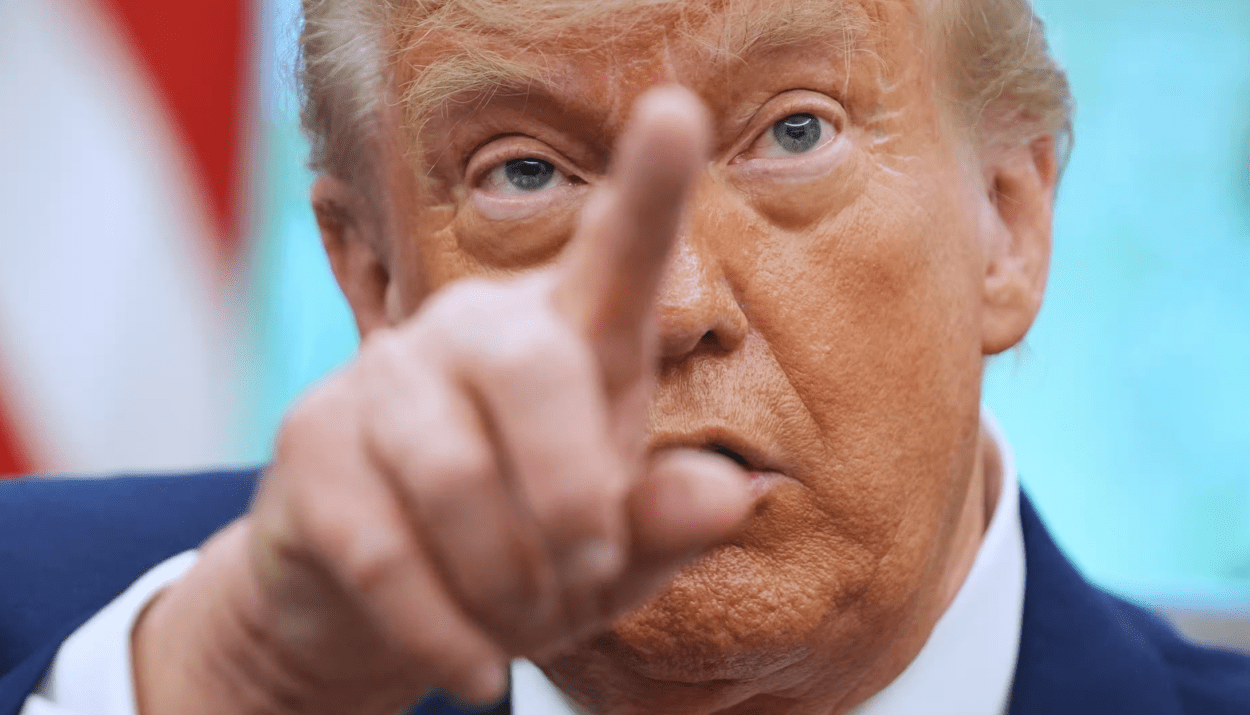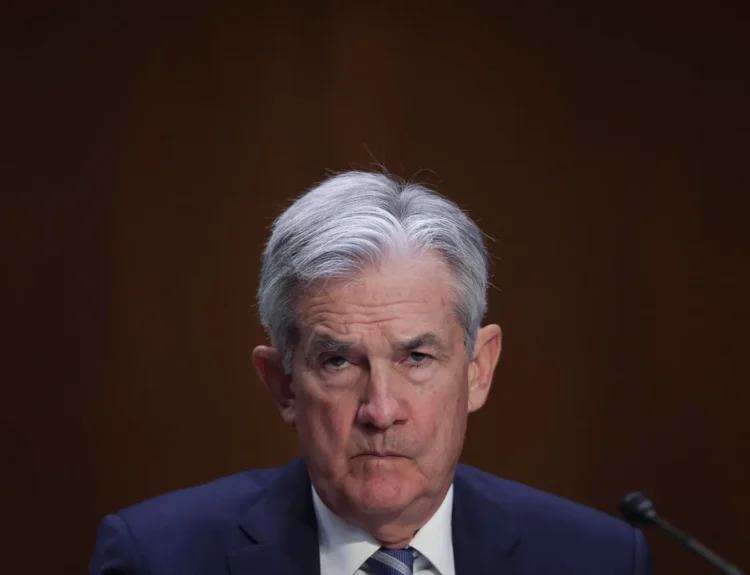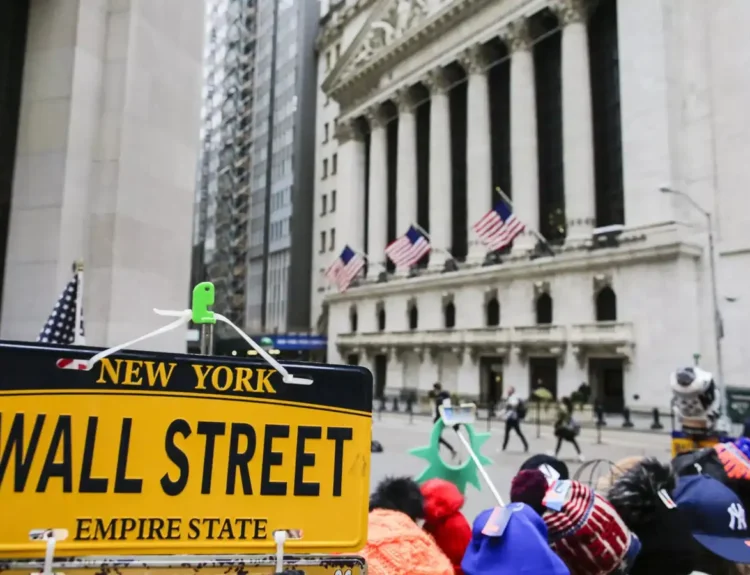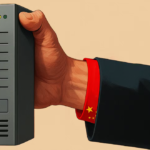In a dramatic shift from earlier promises of individual trade negotiations, President Donald Trump announced Friday that the US will begin unilaterally assigning new tariff rates to its trading partners, bypassing the need for in-person deals. The move is likely to further escalate global trade tensions already inflamed by the White House’s aggressive tariff policies.
Speaking at a business roundtable in the United Arab Emirates—the final stop on his Middle East tour—Trump said that while “150 countries” had requested trade discussions, the demand was overwhelming.
“It’s not possible to meet the number of people that want to see us,” the president said.
Instead, Trump said, U.S. Treasury Secretary Scott Bessent and Commerce Secretary Howard Lutnick would send individual letters over the next 2–3 weeks informing each country what tariffs they will be required to pay to access the U.S. market.
A New Phase in Trump’s Tariff Strategy
The announcement marks a sharp reversal from the administration’s earlier stance following the April tariff shock, when Trump imposed:
- Up to 50% tariffs on roughly 60 countries
- A baseline 10% tariff on all other foreign imports
In late April, the White House paused those tariffs for 90 days, allowing space for countries—except China—to seek individualized trade deals. However, Friday’s remarks suggest that route has been all but abandoned.
One Deal Down: UK
Trump highlighted one exception to the new approach: a “fantastic trade deal” reached with the United Kingdom earlier this month. The U.K. was only hit with the 10% baseline tariff, plus sector-specific duties on steel, autos, and aluminum. It remains the only country so far to strike a deal under the new policy framework.
Progress With China, But Clock Is Ticking
Trump also gave an update on trade talks with China, the only country not granted a 90-day tariff reprieve in April. He said that a deal is “in the process of continuing to be formed”, and noted Beijing “wanted to make that deal very badly.”
Earlier this week, the U.S. and China agreed to temporarily lower their triple-digit tariffs, easing tensions after weeks of tit-for-tat economic retaliation. But the truce is fragile—Trump set an August deadline to finalize a comprehensive agreement. If talks fail, the sky-high tariffs will return.
What Comes Next?
Trump’s plan to skip bilateral talks and instead send countries tariff “letters” represents a rare and unilateral approach to global trade. While it may fast-track U.S. tariff enforcement, it also risks diplomatic backlash, supply chain disruptions, and fresh volatility in global markets.
Whether this top-down strategy leads to more deals—or deeper conflict—will likely define the next chapter of U.S. trade policy heading into 2026.
Disclosure: This article does not represent investment advice. The content and materials featured on this page are for educational purposes only.
Related:
Investors Await Market Shock Monday After Moody’s Strips US of Top Credit Rating
Why is the Fed quietly buying billions in bonds — and hoping nobody notices?
Trump Tariff Uncertainty Makes Earnings Guidance Useless — Time to Rethink the Playbook
Earnings Calendar, Fed Speech, Housing Data: What to Watch This Week
UK overtakes China as second-largest US Treasury holder
Sundar Pichai Interview on AI, Search, and Future of Google
Billionaire Investors Reveal Q1 2025 Portfolio Moves: Buffett, Ackman, Tepper, Burry & More
Trump & US Executives Lock In Over $1 Trillion in Middle East Deals
Qatar Buys 160 Boeing Jets as Trump Accepts $400M Gift Jet
Elon Musk, Robotaxis, and Starlink: Inside Multi-Billion Dollar US–Saudi Tech Power Play
Nvidia’s Partnership With Saudi Arabia Opens a New Frontier in Global AI
Trump Secures $600 Billion Saudi Investment in US Tech, Energy, and AI
US Drug Price Revolution Begins: Trump Targets 30–80% Cuts
US and China announce deal to cut reciprocal tariffs for 90 days










